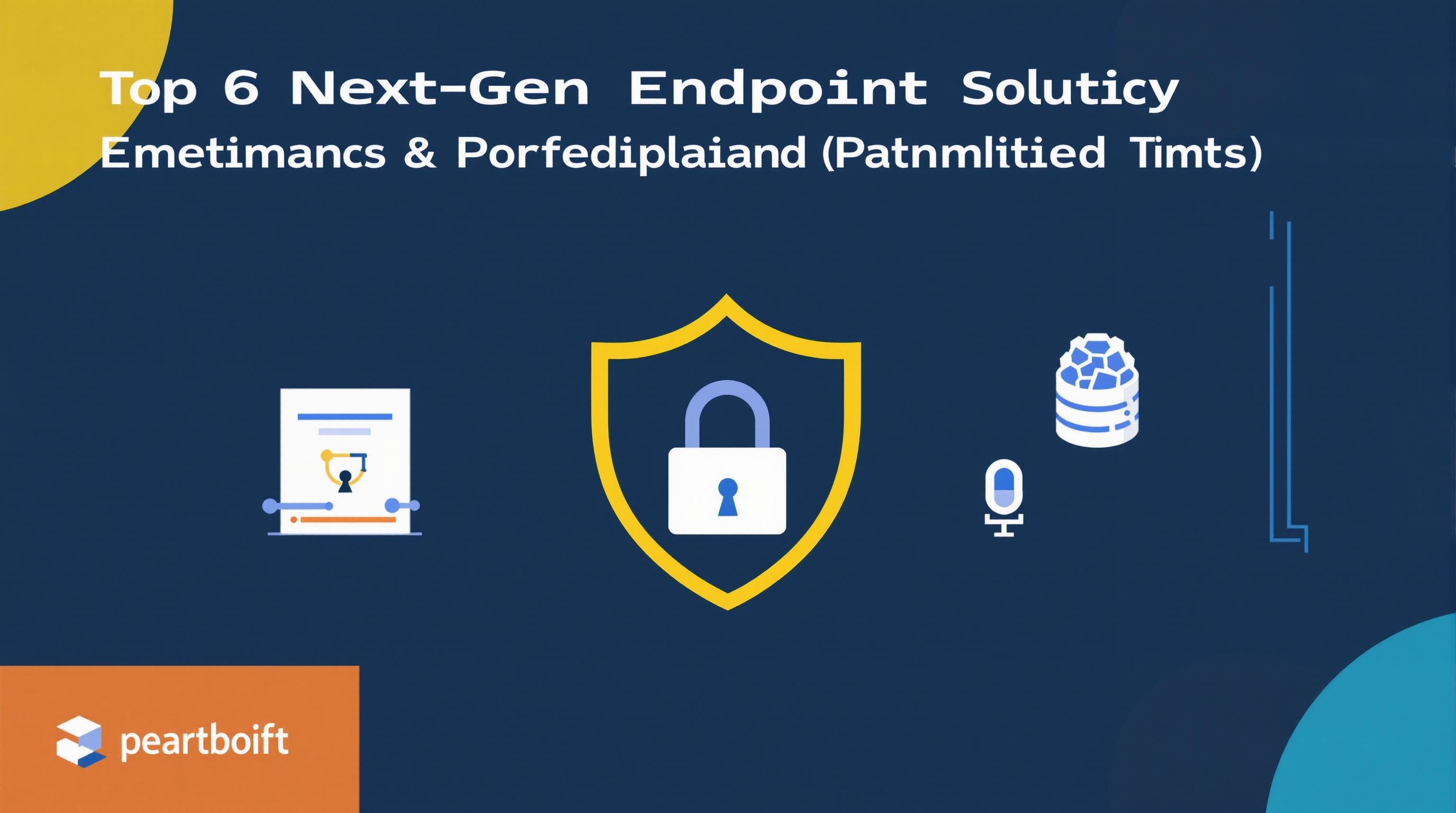Related Articles
- Top 6 Next-Gen B2B SaaS Engines Shaping Retention With AI-Powered Predictive Insights Since 2019
- Top 6 Emerging SaaS Onboarding Platforms of the Last Five Years That Actually Boost User Stickiness
- Top 8 Under-the-Radar Analytics Tools Launching Since 2019 That Outperform Big Names
- Top 7 Next-Gen Workflow Automation Platforms Revealed Comparing Game-Changing Features from the Last Five Years
- Top 6 Next-Gen Endpoint Security Solutions Since 2019 That Outsmart Modern Cyber Threats
- The Unseen Ripple Effect: How Obscure API Endpoints Influence Global Data Ecosystems in Unexpected Ways
8 Uncommon Legal Loopholes in Data Security Regulations That Could Cost Companies Millions in 2024
8 Uncommon Legal Loopholes in Data Security Regulations That Could Cost Companies Millions in 2024
8 Uncommon Legal Loopholes in Data Security Regulations That Could Cost Companies Millions in 2024
1. Ambiguous Definitions of Personal Data
One of the lesser-known challenges companies face under data security regulations is the vague or ambiguous definitions surrounding what exactly constitutes "personal data." Many laws, including the GDPR, do not clearly delineate all data types that fall under their scope, leading to uncertainty. This ambiguity can cause businesses to inadvertently misclassify data, resulting in compliance lapses and hefty fines.
For example, data such as employee ID numbers or IP addresses might not always be considered personal data depending on jurisdiction, yet companies often overlook protective measures for such information. This oversight can come back to haunt them during audits or breaches.
Consequently, companies must adopt expansive data protection strategies that go beyond explicit legal terms, ensuring even data falling into grey areas receives proper safeguards. Proactive clarification and internal policies can mitigate costly misunderstandings.
2. Inconsistent Cross-Border Data Transfer Exemptions
Many data security regulations impose strict controls on transferring personal data internationally, yet exemptions can be inconsistently applied. Some legal frameworks provide carve-outs for transfers based on contracts, certifications, or specific business needs, but these exemptions vary widely.
This inconsistency often leaves companies exposed to risks when moving data across borders without fully understanding or complying with all applicable regime nuances. For instance, even a minor misstep in complying with the EU’s Standard Contractual Clauses or Japan’s data transfer rules can trigger significant penalties.
To avoid costly repercussions, businesses must invest in updated legal guidance and robust compliance frameworks that account for rapidly evolving cross-border data transfer requirements.
3. Overlooked Obligations in Supplier Chain Management
Data regulations increasingly require companies to manage data privacy risks not only internally but also throughout their supply chains. However, many organizations fail to recognize their full legal obligations when dealing with third-party vendors and subcontractors.
This neglect can create compliance gaps since suppliers may operate under less stringent security protocols or in jurisdictions with weaker data protections. A breach occurring at a supplier's site can implicate the originating company and lead to significant liability.
Therefore, it is vital to conduct thorough due diligence, include contractual data security clauses, and regularly audit suppliers to align overall chain-wide data protection practices. Such diligence reduces exposure to unforeseen fines and reputational damage.
4. Legal Challenges in the Use of Anonymized Data
Many companies rely on data anonymization to sidestep strict regulations; however, the legal status of anonymized data remains a gray area. Some regulations consider effectively anonymized data outside the scope of laws like GDPR, but challenges arise if re-identification is possible.
Data that can be de-anonymized either independently or when combined with other datasets may inadvertently expose a company to penalties. The thresholds for adequate anonymization are not universally agreed upon, creating a legal minefield.
Companies must therefore carefully evaluate anonymization techniques and continually monitor advances in data science that may undermine previous protections. Keeping abreast of regulatory guidance and precedent cases is critical.
5. Conflicts Between Sector-Specific and General Regulations
Multiple overlapping data security laws often apply differently to various industries, causing unexpected conflicts. For example, healthcare providers may need to comply with HIPAA in addition to state-level data privacy laws, creating complex compliance matrices.
Sometimes, sector-specific statutes have exemptions or stricter clauses that contradict broader laws, confusing companies about which requirements take precedence. Such conflicts can lead to partial compliance or misinterpretation of legal duties.
Businesses should engage legal experts to map out applicable laws and reconcile conflicting provisions proactively. Clear internal guidelines aligned with both sector-specific and general rules minimize costly regulatory breaches.
6. Overlooked Implications of Emerging Technologies
New technologies such as artificial intelligence, blockchain, and Internet of Things devices introduce novel data security challenges that often outpace current legal frameworks. Regulations may not yet fully address their risks or usage constraints.
Companies deploying such technologies can inadvertently create compliance blind spots, for example by collecting unexpected categories of data or storing information off-chain. These gaps can lead to violations if not anticipated.
To remain compliant, firms must adopt forward-looking risk assessments and update security policies in line with both emerging tech and evolving regulatory interpretations. Early legal consultation combined with tech expertise is essential.
7. Ambiguity in Breach Notification Requirements
While data breach notification is a cornerstone of most data security laws, the specifics on when and how to notify authorities and affected individuals vary widely and can be unclear. Some rules hinge on subjective assessments of risk, which companies may interpret inconsistently.
This uncertainty can lead to late or incomplete breach disclosures, aggravating penalties and undermining trust. Conversely, overly cautious notification can cause unnecessary alarm and operational disruption.
Clear internal protocols grounded in thorough legal review help companies navigate these nuances, balancing timely disclosure obligations with strategic risk management.
8. Gaps in Employee Data Protection Rights
Employee data often receives less protection in practice despite legal provisions requiring fair handling. Some jurisdictions exempt employee data from certain rules or contain vague standards regarding consent and monitoring.
Companies mismanaging employee information, such as personal health data or monitoring software outputs, risk violating privacy laws and exposing themselves to lawsuits or penalties. Employees increasingly demand transparency about data processing.
Ensuring robust employee data governance—including clear consent mechanisms, purpose limitation, and access controls—helps mitigate legal risks and fosters trust within the workforce.
9. Inadequate Consideration of Data Localization Mandates
Some countries impose strict data localization requirements, mandating that certain types of data be stored on domestic servers or data centers. Loopholes and vague exceptions in these laws can confuse companies about full compliance.
Misinterpretations of localization mandates can result in non-compliance fines or data access restrictions that disrupt operations. Additionally, adoption of cloud services complicates enforcement and clarification of server location obligations.
Companies must undertake rigorous legal analysis and technical controls to ensure data residency requirements are met, and maintain documentation that demonstrates adherence.
10. Misunderstanding Consent Mechanism Nuances
Consent remains a crucial basis for lawful data processing, yet many companies misunderstand its complexity. Loopholes exist in how consent is obtained, what qualifies as informed and explicit consent, and how it can be withdrawn.
Use of pre-ticked boxes, bundled consents, or vague privacy notices often fall short of legal standards and have triggered regulatory actions. Missteps here increase exposure to fines and damage reputations.
Developing clear, user-friendly, and legally compliant consent frameworks, coupled with audit trails for consent management, is vital for minimizing legal risks and maintaining user trust.
References:
European Union GDPR text: https://gdpr.eu/
U.S. HIPAA Regulations: https://www.hhs.gov/hipaa/for-professionals/privacy/laws-regulations/index.html
International Association of Privacy Professionals (IAPP) resources: https://iapp.org/




